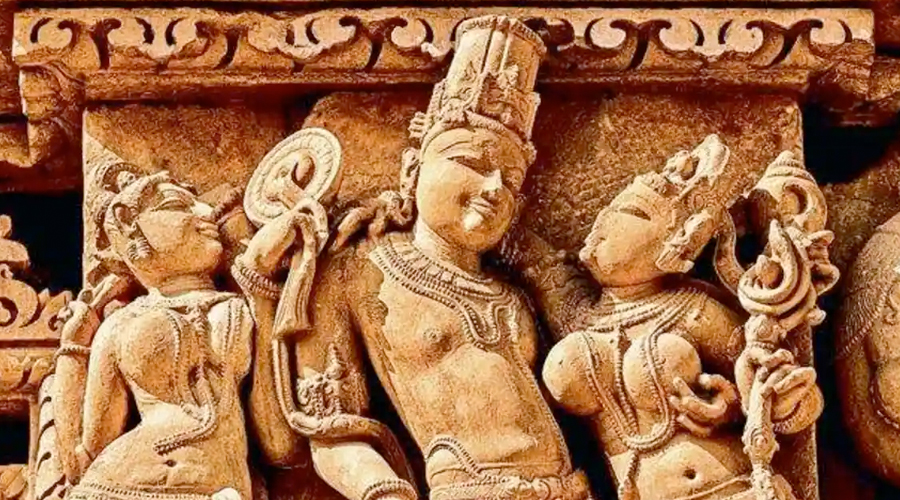
What it meant to be a woman in the field of classical performing arts in India? How does it change now?
World over the debate on equal pay brews strong, India empowers its women with radical reproductive rights, women in all the spheres of Indian society are poised to break the unjust treatment pelted upon them so far, a woman artist leans on for a better share in Bollywood recording studio, another artist puts a strong foot forward to ensure that she gets a fair order in the classical music concert, women in the field of classical performing arts have struck a pretty strong chord.
This journey has not been easy. Though pre-vedic era positioned its women artists at par, their status deteriorated over coming centuries. So before we ask why talented women artists are to singing a difficult note let us study where we come from and how we arrived here?
From the famous dancing figurine found from the ruins of Indus valley civilization, to the ancient rock paintings in the caves of Bhopal, Berkheda and Panchmarhi depicting group dancers holding musical instruments; the equal and important presence of women on the performing stage is well evident and documented. This pre-vedic era treated its women artists with respect and indispensability.
Ramayana and Mahabharata depict how music and dance formed an important part of education for young princes and princesses of that time. However, the fair gender performers and entertainers of the palace had an interesting social standing that did not amount to the ultimate respect an artist deserves. They were termed ‘Ganikas’. Ganikas were expert in 64 arts, they were considered auspicious, and they were intellectuals who took part in discussions in the palace meetings. However, they were properties of the state and were not allowed the free will to fall in love or be committed to one person.
Arthshastra by Kautilya mentions Devdasis in the southern part of India. The society gave away their young daughters to the temple as wives of the deities. They cared for and worshipped the gods. They were trained dancers and musicians practicing their art for Gods especially in Tanjore and Travankor. On one hand, they were brutally abused by the social system, on the other, they protected and carried forward the intangible heritage of performing arts and its sanctity.
During Mughal era women artists were trained in various art forms and either gifted or sold. Though the art prospered, the status of the artists further dipped.
While British ruled India, in southern India, Brahmin elite took interest in reviving Karnataka music and women from upper class ventured on stage. Classical music for the first time had reached the common household. During this very period, Muslim musicians were establishing ‘gharanas’. This system was highly patriarchal however the style of singing transitioned from ‘Dhrupad’ to ‘Khayal’ that was more suitable for a feminine voice. This system was so male dominated that the male tutors did not adjust their scales for women students and the women artists of that era are documented to be singing in an uncomfortable scale.
Since then just like in other professional fields, women in classical arts are succeeding in establishing an equal footing. However, it sure is an upward journey this point onwards and more power to them!